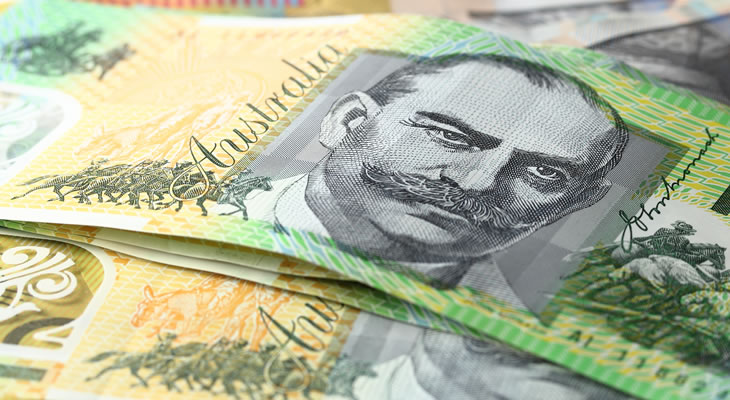Brexit Transition Agreement Bolsters Pound (GBP) Exchange Rate Outlook
The outlook for the Pound Australian Dollar (GBP/AUD) exchange rate has grown increasingly optimistic this week, supported by news that Downing Street and Brussels have finally agreed to rudimentary details of the proposed Brexit transition period.
After a weekend of intensive talks UK Brexit Secretary David Davis and EU Chief Negotiator Michel Barnier have agreed on a fundamental plan for the UK’s 2-year Brexit transition, which is now scheduled to end on December the 31st 2020.
Davis has called the deal ‘significant’ and argued that it will provide businesses and citizens the reassurance and clarity that they have asked for.
Not everyone is happy with the deal, however, as a solution for the ongoing conundrum that is the Irish border has not yet been reached and capitulation on elements like the EU’s access to British fishing waters until 2020 has also led to conflict within the Conservative party.
Nonetheless, the clarity afforded by the revealed core elements of the transition proposal could continue to give Sterling a notable boost, with the Pound’s near-term outlook also liable to be bolstered by growing business optimism as uncertainty ebbs.
Australian Dollar (AUD) Exchange Rate Outlook Gloomy on Tomorrow’s US Fed Rate Decision
The near-term outlook for the Australian Dollar (AUD) is rather gloomy, with tomorrow’s US Fed rate decision keeping the ‘Aussie’ Dollar on the back-foot.
With the US economy accelerating markets are expecting Fed Chairman Jerome Powell and other members of the Federal Open Market Committee (FOMC) to vote to raise the base interest rate in a bid to prevent the economy overheating.
Recent soft US consumer price inflation and wage growth have been cited as potential dovish variables, but the current robust performance of the US economy makes it unlikely that the central bank will hold off any longer.
In this respect, markets are primarily debating what the forward guidance of the bank will be, with indication of 4 rate hikes this year, rather than 3, liable to send the US Dollar soaring and siphon even more demand away from AUD.
Beyond this, the Reserve Bank of Australia’s (RBA) March meeting minutes were released this morning, indicating that the bank is optimistic but still very much concerned with household spending and wage growth.
Indeed, until these elements are resolved to a satisfactory degree then it is unlikely that the RBA will raise interest rates for some time, an outlook that positions the RBA as extremely dovish compared to the US Fed.
Global Trade War Escalations – What can we expect for the Pound Australian Dollar (GBP/AUD) Exchange Rate?
The 800-lbs gorilla in the room for the Australian Dollar continues to be reports that the US is preparing to levy an extensive series of import tariffs on Chinese goods in an attempt to combat a sizable trade deficit.
This is pertinent in that these tariffs against consumer goods could hurt Chinese industry, potentially reducing China’s demand for Australian exports such as iron ore and copper.
In addition, any escalation from the US could be met with retaliation from China (though many argue that China has too much to lose to risk doing so).
This uncertainty ultimately bodes poorly for riskier commodity currencies like the Australian Dollar, news that could continue to hamper AUD’s outlook for the foreseeable future.


Comments are closed.